Conrad Marca-Relli – Il Maestro Irascibile (The Irascible Master) is an exhibition entirely dedicated to the Italian-American artist, a key figure of Abstract Expressionism. The exhibition organized by the Galleria Mattia De Luca, in collaboration with the Marca-Relli Archive, is the first Roman retrospective since the historic exhibition at the Galleria La Tartaruga in 1957.
Possessing an indomitable spirit and a penchant for travel, Marca-Relli’s upbringing was marked by a continuous journey between Italy and the United States, rendering him perfectly bilingual—both linguistically and artistically. A devotee of Rome’s monumental grandeur, where he spent several formative years, and an admirer of the great paintings of the Italian Renaissance, this Italian-American artist embodied the true essence of classicism within the New York School. It was Marca-Relli’s fervent temperament that contributed to the establishment of the Eighth Street Club and the organization of the renowned Ninth Street Show in 1951.
During the 1950s, the artist, steeped in classical culture yet infused with a pragmatic American sensibility, emerged as a leading figure in the exploration of collage technique. He pushed the boundaries of this method to its utmost limits, earning his art the moniker of “collage painting.” This approach represents a harmonious fusion of the compositional elegance characteristic of European tradition and the dynamic spontaneity derived from the arena of Rosenberg and the action painting movement.
From the austere Cityscapes imbued with a metaphysical essence of the early 1950s to the enigmatic seated figures found in his early collages and culminating in the heartfelt homage paid to his friend and neighbor Jackson Pollock, the exhibition depicts the profound influence of Marca-Relli’s figure and oeuvre on both the American and international art scenes.
Among the notable works featured in the exhibition are Cityscape (1953), an oil on canvas that marks a key moment in the artist’s adoption of collage technique, inspired by his experiences in Mexico; The Seated Figures (circa 1955), evocative of Cubist influences; and The Strategist, The Struggle, and Death of Jackson Pollock (1955), the latter serving as a testament to the complex relationship between two artists characterized by mutual influence, marked by clashes, dialogues, meetings, and mutual respect.
The journey through the Italian-American master’s body of work continues with the harmonious tumult of forms found in M-11-56, a piece that sets the stage for Marca-Relli’s New York masterpieces The Battle and The Warrior, both of which now reside in the permanent collections of the MET and the Guggenheim Museum in New York, respectively.
Continuing Marca-Relli’s artistic trajectory, the exhibition showcases canvases from the late 1950s and early 1960s, where anthropomorphic references give way to architectural compositions imbued with a classical allure, exemplified in works like The Wall No. 2. The display also includes alternative media experimented with by the artist throughout his lifetime, such as Cunard L-8-62. These pieces highlight Marca-Relli’s adeptness at assimilating influences from Minimal Art and Arte Povera, seamlessly integrating concepts of rhythm and materiality reminiscent of Donald Judd’s works and those of prominent Arte Povera artists, while maintaining a steadfast commitment to formal harmony.
Marca-Relli, an abstract expressionist with a distinctly European sensibility, is not merely as a “bridge” connecting Rome and New York, but rather as a master navigating and bridging two distinct artistic worlds.
Lara Facco P&C
Viale Papiniano 42 | 20123 Milan
T. +39 0236565133 | E. press@larafacco.com
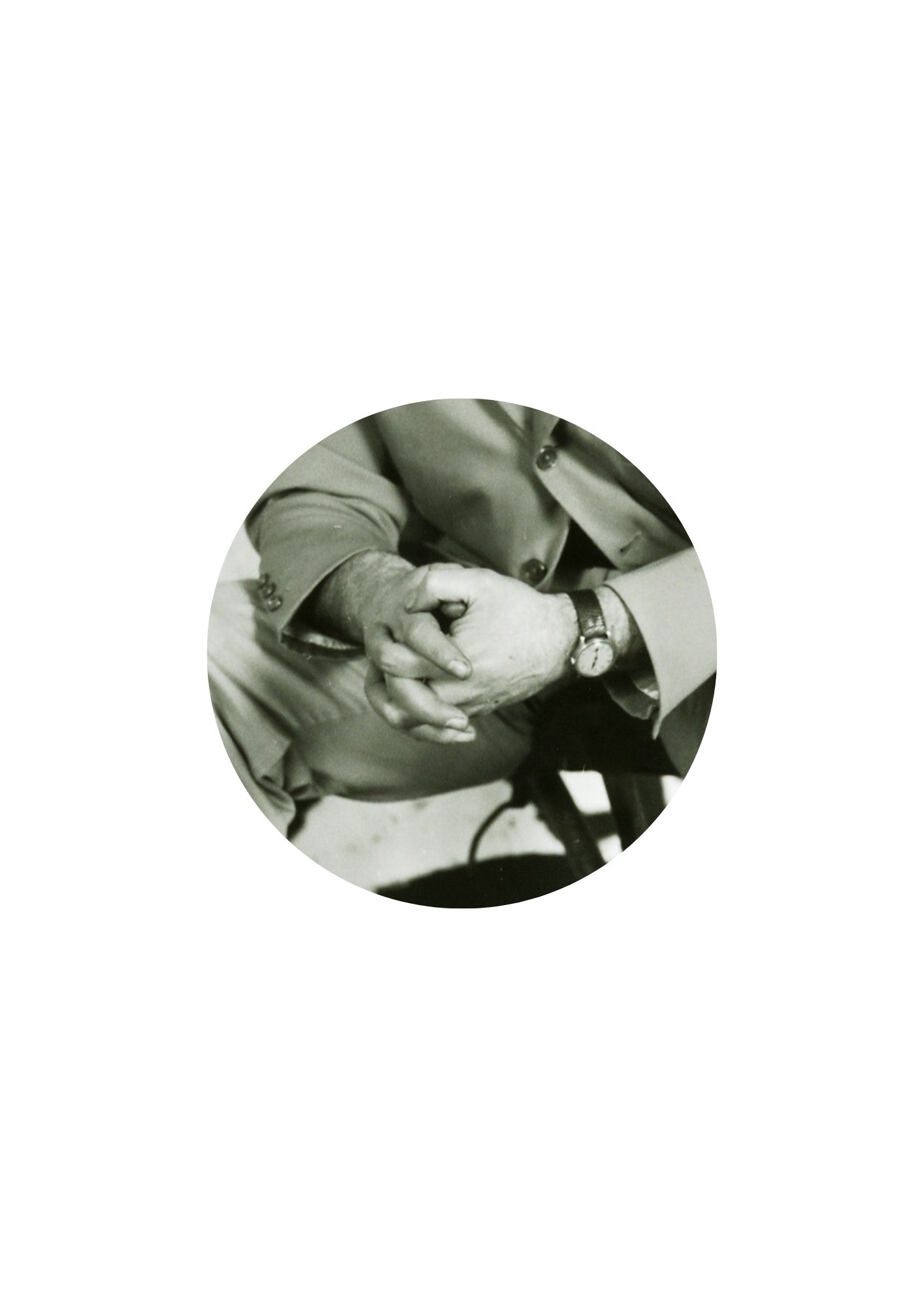



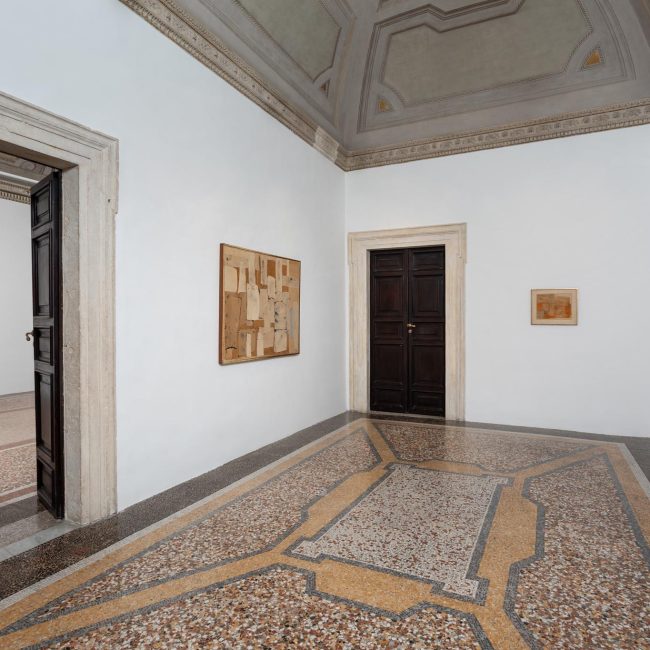
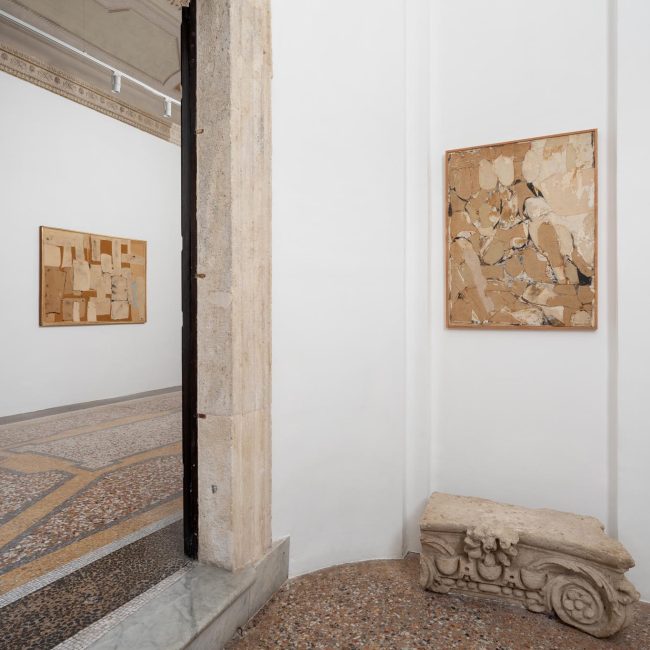



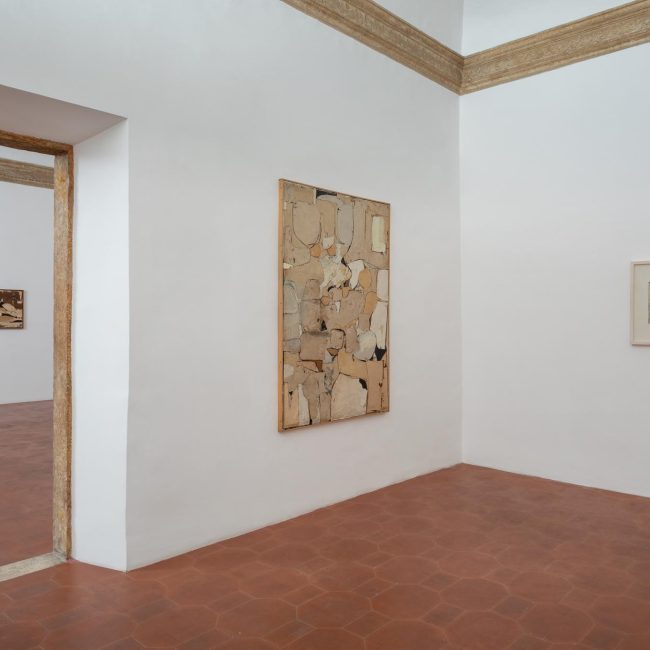

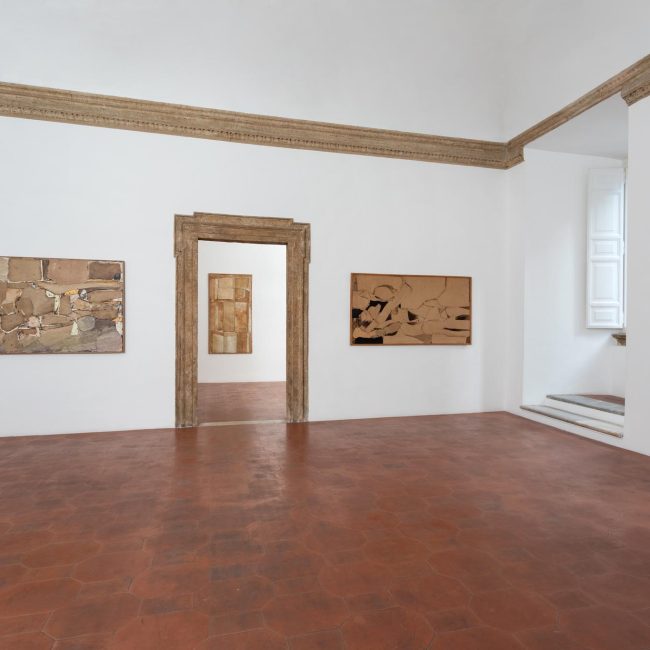





Conrad Marca-Relli (1913 – 2000) "L-LA-55 The Strategist" collage e tecnica mista su tela 178 x 125 cm (70.08 x 49.22 in) Eseguito nel 1955
Conrad Marca-Relli (1913 – 2000) “Project F” L-14-62 collage e tecnica mista su tavola 182,5 x 152,5 cm (71.85 x 60.04 in) Eseguito nel 1962
Conrad Marca-Relli (1913 – 2000) “Project F” L-14-62 collage e tecnica mista su tavola 182,5 x 152,5 cm (71.85 x 60.04 in) Eseguito nel 1962
Conrad Marca-Relli (1913 – 2000) "M-11-56" collage e tecnica mista su tela 61 x 115 cm (24.02 x 45.28 in) Eseguito nel 1956
Conrad Marca-Relli (1913 – 2000) "The Struggle" olio e collage di tela su tela 98,5 x 183 cm (38.78 x 72.05 in) Eseguito nel 1955
Conrad Marca-Relli (1913 – 2000) "L-8-56 Death of Jackson Pollock" collage e tecnica mista su tela 111 x 224 cm (43.70 x 88.19 in) Eseguito nel 1956